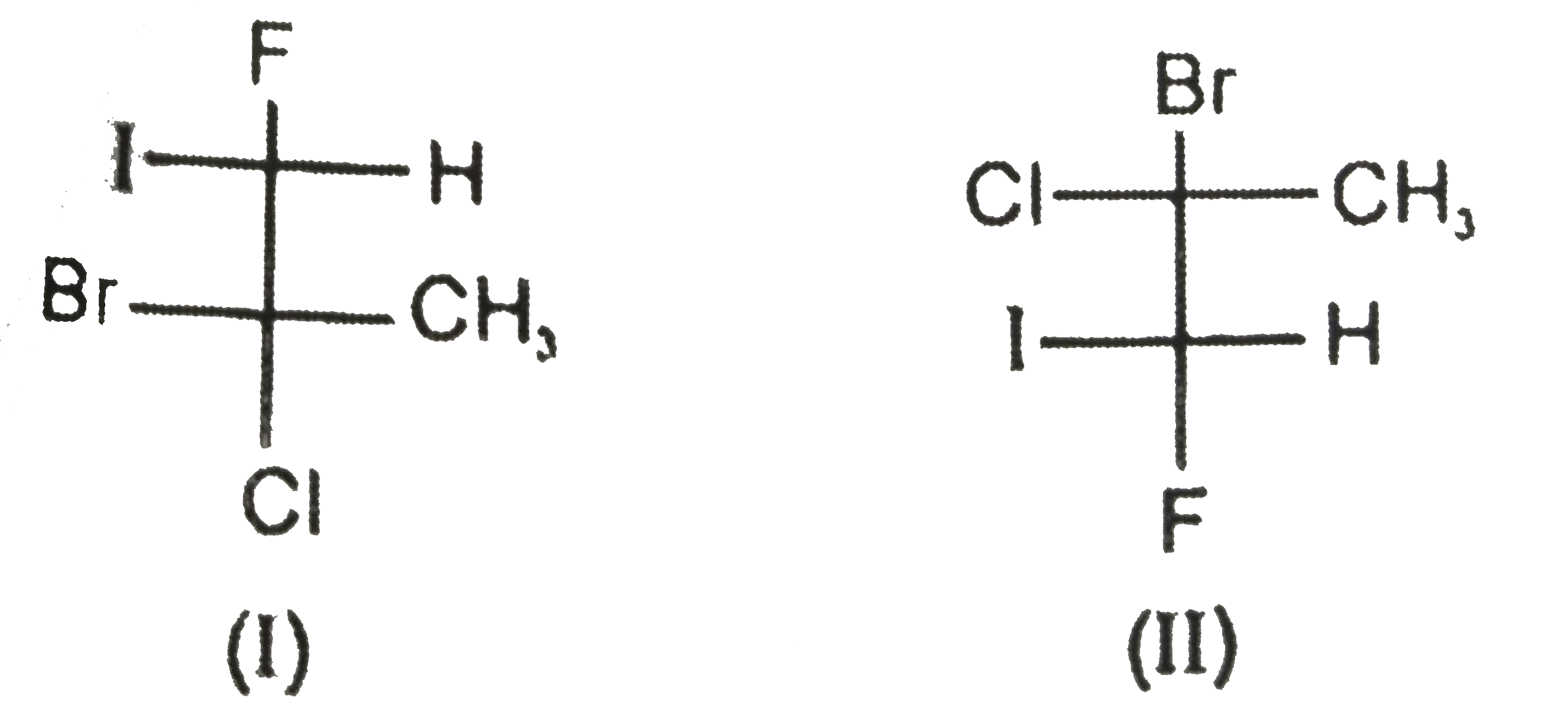What is the electronic difference between lanthanoids and actinoids? Why is europium (II) more stable than cerium (II).
To answer the question regarding the electronic differences between lanthanoids and actinoids, as well as the stability of europium (II) compared to cerium (II), we can break down the solution into clear steps:
Step 1: Understanding Electronic Configurations
- Lanthanoids: The general electronic configuration for lanthanoids is given as (Xe)4f1−145d0−16s2. This indicates that the last electron enters the 4f orbital.
- Actinoids: The general electronic configuration for actinoids is (Rn)5f1−146d0−17s2. Here, the last electron enters the 5f orbital.
Step 2: Specific Examples
- Cerium (Ce): The electronic configuration of cerium (atomic number 58) is (Xe)4f25d06s2. The last electron enters the 4f orbital.
- Thorium (Th): The electronic configuration of thorium (atomic number 90) is (Rn)5f16d17s2. The last electron enters the 5f orbital.
Step 3: Summary of Electronic Differences
The primary electronic difference between lanthanoids and actinoids is:
- Lanthanoids: Last electron enters the 4f orbital.
- Actinoids: Last electron enters the 5f orbital.
Step 4: Stability of Europium (II) vs. Cerium (II)
- Europium (Eu): The electronic configuration of europium (atomic number 63) is (Xe)4f75d06s2. When europium loses two electrons to form Eu2+, its configuration becomes (Xe)4f7, which is a half-filled 4f orbital.
- Cerium (Ce): The electronic configuration of cerium (II) is (Xe)4f25d06s2. When cerium loses two electrons to form Ce2+, its configuration becomes (Xe)4f2.
Step 5: Conclusion on Stability
- Europium (II) is more stable than cerium (II) because the half-filled 4f orbital in Eu2+ provides extra stability due to symmetry and exchange energy, while cerium (II) does not have a half-filled configuration.
Final Summary
The electronic difference between lanthanoids and actinoids lies in the orbitals where the last electron enters (4f for lanthanoids and 5f for actinoids). Europium (II) is more stable than cerium (II) due to the half-filled configuration of the 4f orbital in europium.
- Lanthanoids: The general electronic configuration for lanthanoids is given as (Xe)4f1−145d0−16s2. This indicates that the last electron enters the 4f orbital.
- Actinoids: The general electronic configuration for actinoids is (Rn)5f1−146d0−17s2. Here, the last electron enters the 5f orbital.
- Cerium (Ce): The electronic configuration of cerium (atomic number 58) is (Xe)4f25d06s2. The last electron enters the 4f orbital.
- Thorium (Th): The electronic configuration of thorium (atomic number 90) is (Rn)5f16d17s2. The last electron enters the 5f orbital.
The primary electronic difference between lanthanoids and actinoids is:
- Lanthanoids: Last electron enters the 4f orbital.
- Actinoids: Last electron enters the 5f orbital.
- Europium (Eu): The electronic configuration of europium (atomic number 63) is (Xe)4f75d06s2. When europium loses two electrons to form Eu2+, its configuration becomes (Xe)4f7, which is a half-filled 4f orbital.
- Cerium (Ce): The electronic configuration of cerium (II) is (Xe)4f25d06s2. When cerium loses two electrons to form Ce2+, its configuration becomes (Xe)4f2.
- Europium (II) is more stable than cerium (II) because the half-filled 4f orbital in Eu2+ provides extra stability due to symmetry and exchange energy, while cerium (II) does not have a half-filled configuration.
The electronic difference between lanthanoids and actinoids lies in the orbitals where the last electron enters (4f for lanthanoids and 5f for actinoids). Europium (II) is more stable than cerium (II) due to the half-filled configuration of the 4f orbital in europium.
Topper's Solved these Questions
- d- AND- f- BLOCK ELEMENTSBook:ICSEChapter:d- AND- f- BLOCK ELEMENTSExercise:EXERCISE (PART-II) (DESCRIPTIVE QUESTIONS)(LONG ANSWER QUESTIONS)
Explore 51 Videos
- d- AND- f- BLOCK ELEMENTSBook:ICSEChapter:d- AND- f- BLOCK ELEMENTSExercise:ISC EXAMINATION QUESTIONS (PART-II)(DESCRIPTIVE QUESTIONS)
Explore 15 Videos
- d- AND- f- BLOCK ELEMENTSBook:ICSEChapter:d- AND- f- BLOCK ELEMENTSExercise:EXERCISE (PART-II) (DESCRIPTIVE QUESTIONS)(VERY SHORT ANSWER QUESTIONS)
Explore 91 Videos
- COORDINATION COMPOUNDS Book:ICSEChapter:COORDINATION COMPOUNDS Exercise:ISC EXAMINATION QUESTION (PART- II DESCRIPTIVE QUESTIONS)
Explore 39 Videos
- DISTINCTION BETWEEN PAIRS OF COMPOUNDS Book:ICSEChapter:DISTINCTION BETWEEN PAIRS OF COMPOUNDS Exercise:QUESTIONS
Explore 155 Videos
Similar Questions
Why is Pt(IV) more stable than Ni(IV).
View SolutionDefine lanthanoids. Give three differences between lanthanoids and actinoids.
View SolutionWhat is the difference between the electronic configuration of lanthanoids and actinoids?
View SolutionWhat is the relationship between (I) & (II)

View Solution(i)with reference to structural variability and chemical reactivity write the differences between lanthanoids and actinoids
(ii) Name a member of the lanthanoid series which is well known to exhibit +4 oxidation state
View Solution(a) Give three points of difference between lanthanoids and actinoids.
(b) Give reason and select on one atom/ion which will exhibit asked property:
(i) Sc3+ or Cr3+ (exhibit diamagnetic behaviour)
(ii) Cr or Cu (high melting and boiling point)
View SolutionWhy is 1∘ carbanion more stable than a 2 carbanion ?
View SolutionIn which compounds (II) is more basic than (I)
View SolutionWhat is the basic difference between the terms electron gain enthalpy and electronegativity?
View SolutionWhat is the basic difference between the terms electron gain enthalpy and electronegativity?
View Solution